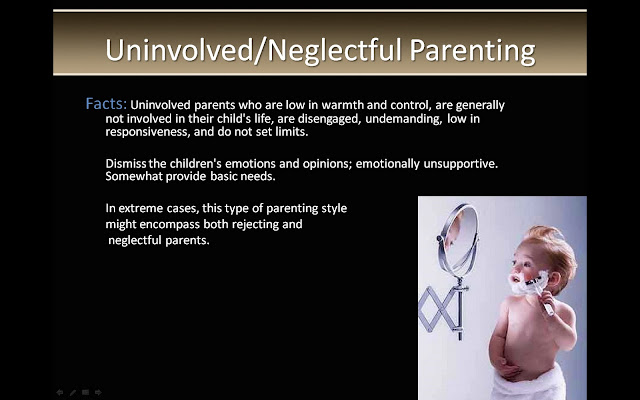Wind Energy
First off, there’s wind energy. This method uses turbines to harness the energy produced by wind, by allowing the rotation of the turbine to be converted into an electrical current through the use of an electrical generator. There is no pollution created as a result of wind energy and the turbines can be placed just about anywhere, such as livestock pastures and even off-shore. Wind energy isn’t constant and subject to several days with no wind at all.
First off, there’s wind energy. This method uses turbines to harness the energy produced by wind, by allowing the rotation of the turbine to be converted into an electrical current through the use of an electrical generator. There is no pollution created as a result of wind energy and the turbines can be placed just about anywhere, such as livestock pastures and even off-shore. Wind energy isn’t constant and subject to several days with no wind at all.
Solar Power
Another option is solar power which is, of course, energy produced by the sun. This method uses solar cells to trap the sun’s rays and convert it into electricity. It produces no pollution, but there are days when the sun doesn’t shine.
Another option is solar power which is, of course, energy produced by the sun. This method uses solar cells to trap the sun’s rays and convert it into electricity. It produces no pollution, but there are days when the sun doesn’t shine.
Geothermal energy
This is the use of steam produced by naturally hot rocks in the earth to rotate turbines to produce energy. Geothermal energy plants aren’t supposed to produce pollution, but if not built correctly, may. Also, if the hole drilled in the earth is not done correctly; other harmful minerals and gases may be released into the air. These plants are expected to eventually run out of steam; whereas the wind and the sun never run out.
Hydroelectric power
Hydroelectric power is a good option. All it requires is dammed up water to spin turbines to produce energy. Water can be stored for times of less water; whereas wind, the sun’s rays and steam cannot. It can cost a lot to build a dam and the source of water needs to be powerful, but this method, also, does not produce pollution.
Bio fuels
This one has a few more problems than the previous that I’ve mentioned. Bio fuels are fuels created from animals or plants, such as animal waste and wood chippings. Ethanol, derived from corn, is a popular one, but it takes fossil fuel to produce and harvest corn. And converting it into ethanol is more expensive than producing the same amount of gas. Also, converting to the use of bio fuels would be an extremely expensive change for most households and, in most cases, just not possible.
Hydrogen
Hydrogen is a good energy source for the environment and is good for powering cars, but it’s not profitable because it takes more energy to make it than it produces.
Nuclear energy
Nuclear energy is energy produced by the fission or fusion of atoms. A single nuclear power plant can produce a very large amount of energy, but it can be extremely expensive to build. Also, nuclear waste is very hazardous and a nuclear power plant runs the risk of a meltdown which can cause an area to be inhabitable for years.
I think wind power, solar power and hydroelectric power are all promising sources of energy and should be used together. These methods do not create any pollution and wind and solar is generally affordable. Also, all three types are “renewable” energy sources because wind, sun and water do not run out.














